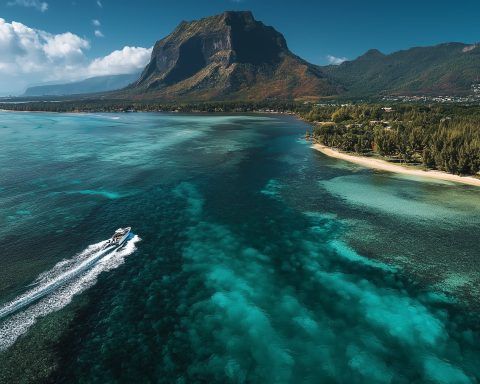
Visa Crackdown, TikTok Deal & Cyber Chaos: Tech Shockwaves on Sept 21-22, 2025
Key Facts Consumer Tech Apple’s iPhone 17 Frenzy: Apple’s latest flagship phones continued to generate huge consumer buzz globally. In Russia – where Apple halted direct sales in 2022 – major resellers held launch events for the iPhone 17 on










